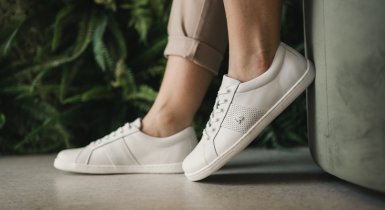Foot-related health issues and deformities of the foot in adults

Our musculoskeletal system tirelessly bears the weight of our bodies, with our feet being the unsung heroes, constantly in motion and providing crucial support. Unfortunately, we often overlook their well-being, subjecting them to ill-fitting shoes and neglecting their overall health. Consequently, our hardworking feet gradually lose some of their functionality and become vulnerable to various health issues.
Contents
- The most common foot-related health issues and deformities of the foot
- Barefoot shoes as universal prevention?
Surprisingly, nearly half of all adults experience foot-related problems, ranging from metatarsalgia and plantar fasciitis to deformities like bunions and hammer toes, not to mention recurring issues such as ingrown toenails and calluses. Our feet require a little bit of care and attention to ensure long-term health and functionality. The subject of foot-related health issues is one that many of us would rather avoid, but it's an unfortunate reality for many people. In this article, we will explore the common health problems and deformities that affect the feet. We'll discuss their symptoms, causes, potential remedies, and the crucial topic of prevention. Our focus is on promoting healthy footwear habits to safeguard the proper function of our feet and prevent these issues from arising. Towards the end of the article, we'll tackle a question that's often asked: how does wearing barefoot footwear contribute to preventing foot-related health problems and deformities?
The most common foot-related health issues and deformities of the foot
The field of podiatry is vast and encompasses a wide range of foot-related issues and deformities that can significantly impact an individual's comfort and mobility. In this article, we will be focusing on the prevalent concerns within this domain. It is important to begin by clarifying some fundamental terms. When we refer to foot-related health issues, we are addressing manageable problems that affect the foot or its components. This may include common conditions like calluses, corns, and ingrown toenails. Deformities, on the other hand, are more intricate challenges that involve the restructuring or alteration of the foot's bone structure. Examples of such deformities include hallux valgus, hammer toes, and heel spurs. Within the realm of deformities, two key terms frequently arise – congenital deformity, which is a deformity present at birth and acquired deformity, which develops over time due to various factors. In this article, our focus is specifically on acquired deformities. The most prevalent foot-related health issues and deformities among adults include ingrown toenails, plantar fasciitis, hallux valgus, hammertoes, heel spurs, calluses, corns, and metatarsalgia. Understanding the symptoms, causes, and treatments for these conditions is essential for effective management and prevention.
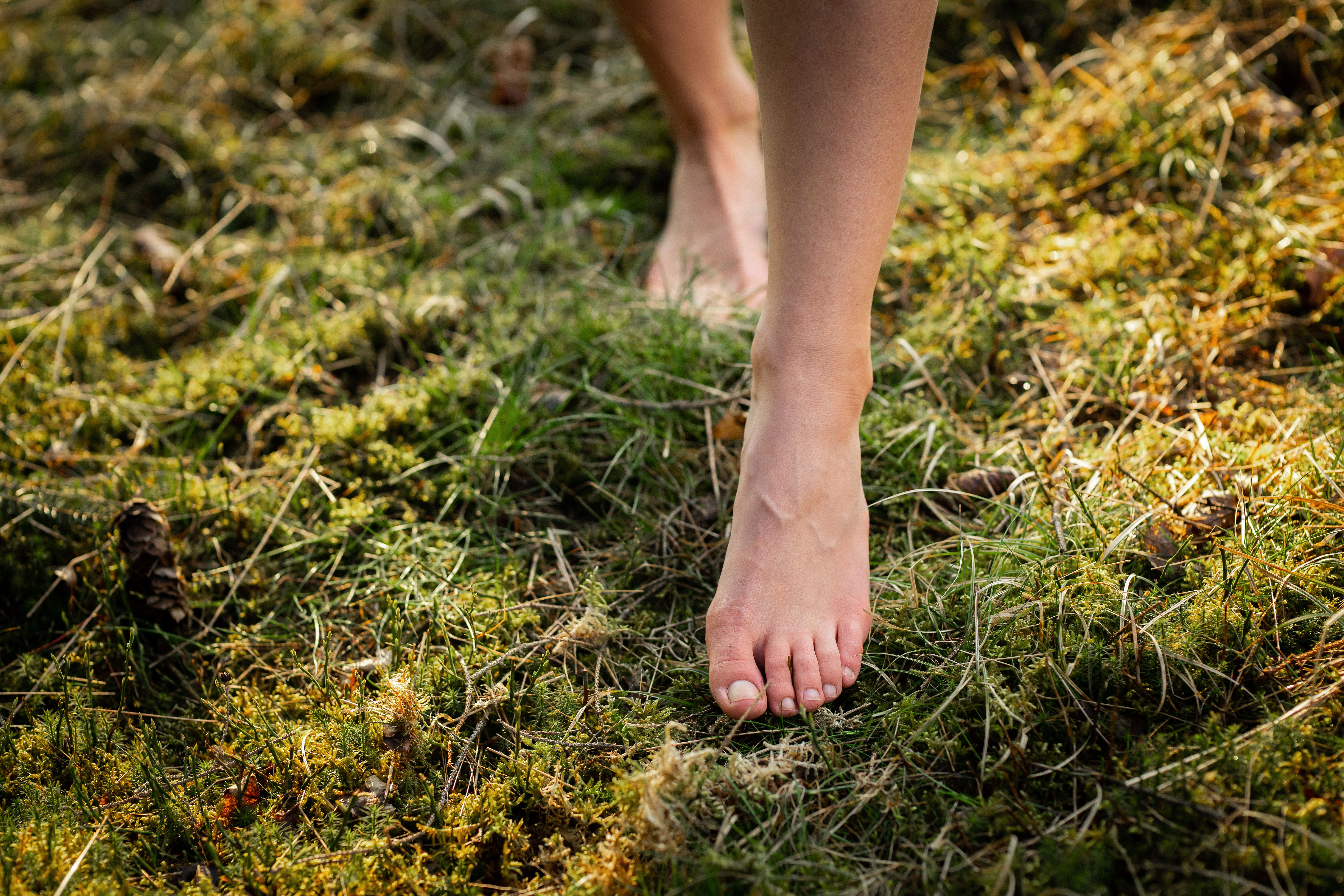
Ingrown toenailsv
Ingrown nails, also known as onychocryptosis, are a common and painful condition where the edge of the nail grows into the soft tissue of the nail bed. This can result in redness, pain, inflammation, and potentially forming an abscess filled with pus. The big toe is most commonly affected, and people with a genetic predisposition, diabetes, poor circulation, or elderly are at a higher risk. However, athletes and young people whose choice of footwear is based on fashion rather than functionality can also experience ingrown nails. Kids who wear improperly sized or narrow shoes may also suffer from ingrown toenails. Young children are particularly susceptible to damaging their nail beds when wearing ill-fitting shoes for extended periods of time.
Ingrown nails can occur due to a variety of factors. Incorrect nail-cutting techniques, such as cutting toenails too short or shaping them rounded, are common causes. Wearing ill-fitting footwear, like too-narrow or too-small-in-size shoes, can also exert pressure on the nail, leading it to grow into the surrounding skin. Additionally, trauma to the nail from activities like sports or accidental tripping can contribute to overgrowth. Genetics can also play a role, as an unusual nail bed or the shape of the nail itself may predispose individuals to ingrown nails. If you're prone to ingrown nails, it's important to pay attention to your choice of footwear and be mindful of how you care for your toenails.
Early intervention is key when it comes to ingrown toenails. If you're experiencing the early stages of this condition, you can take steps to alleviate the discomfort and reduce inflammation. Soaking the affected toe in warm water and applying compresses can be effective. Additionally, chamomile infusion or a pharmacy-prepared poultice can help address the issue. If there is pus, a specific dark ointment from the pharmacy (Ichthamol or Ichtoxyl) can be used for extraction.
If home treatment doesn't suffice or the condition worsens, seeking professional help is recommended—a podiatrist, medical pedicurist, or general practitioner who can refer to a surgeon if necessary. Recurring ingrown toenails pose a significant challenge, often requiring a more complex solution due to damage to the nail bed. Special clamps are used by podiatrists or specialised podiatrists to gradually reposition the nail, halting its improper growth.
To prevent ingrown toenails, it's essential to master the correct pedicure technique. When trimming your nails, cut them straight across, not in a round shape, and avoid cutting them too short. When choosing shoes, it's important to pick ones that provide enough space for your toes in the front. The ideal footwear is the one that mimics walking barefoot, providing ample space for your toes to move naturally. If you have a genetic predisposition to ingrown nails, consider opting for closed-toe shoes instead of open-toe ones to minimise the risk of nail trauma in case of accidental tripping.
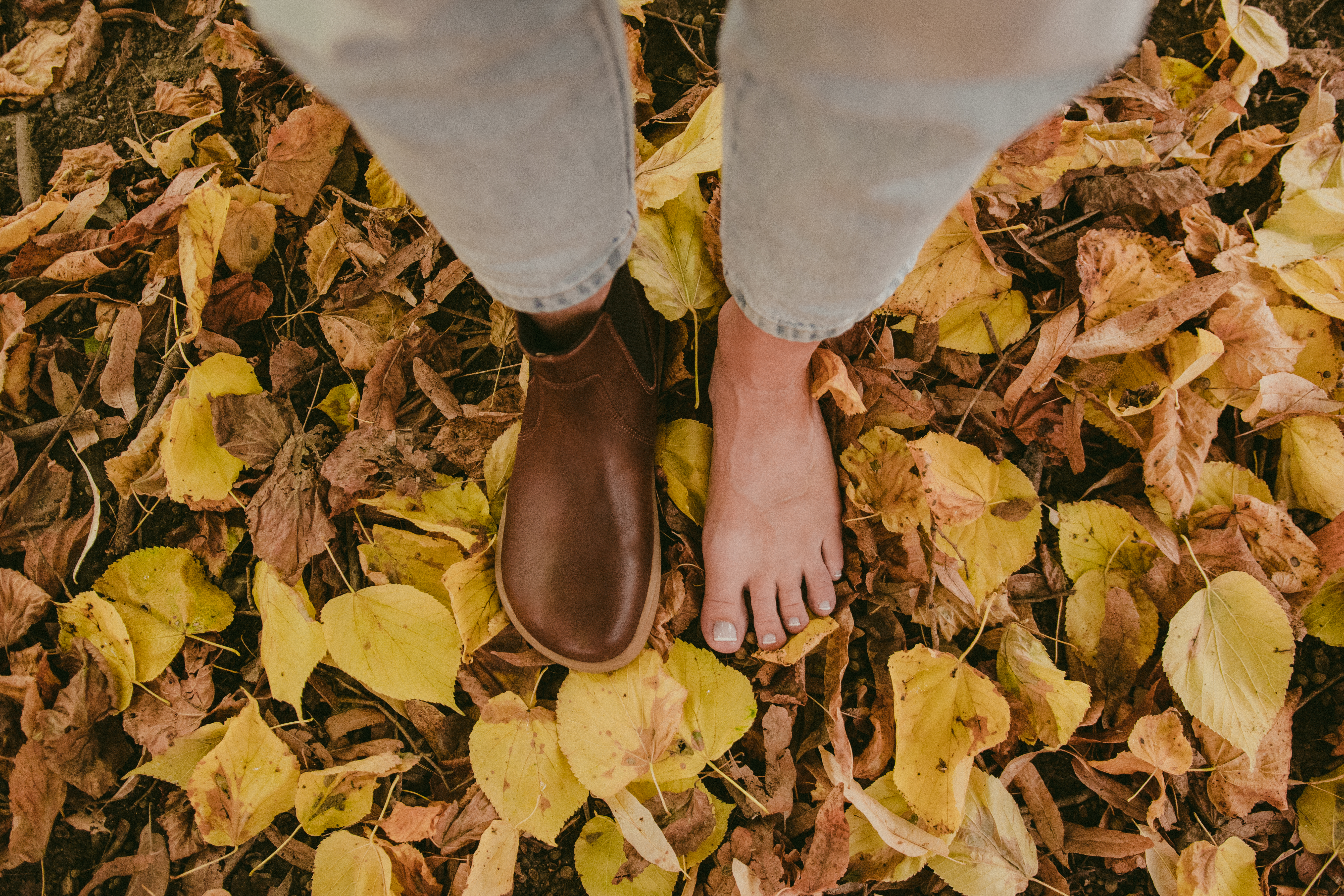
Plantar fasciitis
Are you experiencing pain in your heel? It could be due to a condition known as plantar fasciitis. This condition involves inflammation or damage to the plantar fascia, a tendon that runs along the bottom of the foot, connecting the heel bone to the toes. The inflammation often presents as a sharp, stabbing pain, particularly in the morning when taking the first steps. While the pain may diminish after some movement, it usually returns after prolonged periods of standing or sitting. In addition to pain, swelling and increased sensitivity may be in the affected area. Those most at risk for plantar fasciitis include runners, individuals who are overweight, and those who wear improper or ill-fitting footwear.Plantar fasciitis can be attributed to various factors. One of the main causes is the development of tears in the tendon, which can result from increased tension and overloading of the fascia. Additionally, certain types of exercises that stress the heel can contribute to the development of plantar fasciitis. Wearing inappropriate footwear can also negatively impact the condition, especially if it encourages walking with an emphasis on the heel. Furthermore, flat feet or excessively high arches, leaning while walking, poor distribution of body weight, and an incorrect standing posture can all help the plantar fasciitis to develop. Similarly, overloading the foot or sustaining injuries can also contribute to developing this condition.
Plantar fasciitis treatment typically involves a combination of medication to manage pain, reduce inflammation and specific exercises to strengthen and stretch the affected area. A skilled physiotherapist can guide home exercises and techniques to alleviate symptoms. In some cases, taping and night splints may be recommended as part of the treatment plan. If these non-invasive treatment methods do not provide relief, a doctor may suggest more aggressive therapies, such as injections, platelet-rich plasma therapy, or, in rare cases, surgical intervention.
It's essential to take proactive measures to prevent plantar fasciitis, just like with any health issue. One crucial step is maintaining a healthy weight, as excess weight can strain the feet. Choosing the right footwear that allows the foot to move naturally without excessive pressure on the heel is also important. Barefoot footwear promotes proper body posture and natural walking patterns, encouraging stepping through the front or middle part of the foot. While it may seem counterintuitive, barefoot shoes, despite lacking traditional cushioning and shock absorption, can help alleviate strain on the heel. If high-impact activities like running aren't your preference, low-impact sports such as cycling or swimming can be excellent alternatives. Additionally, incorporating exercises to promote healthy feet into your regular self-care routine can help maintain a strong arch, flexible Achilles tendon, and overall foot flexibility, which are all key for preventing plantar fasciitis.

Hallux valgus
Hallux valgus, or bunion, is among the most common foot deformities. This orthopaedic condition is prevalent, affecting more than 20% of adults aged 18-65 and over 35% of individuals aged 65 and older. The prominence of this condition is concerning, given its impact on a significant portion of the population. A bunion is characterised by a bony bump that forms on the joint at the base of the big toe, causing the toe to angle towards the other toes rather than point straight ahead. The severity of symptoms varies, ranging from a painless aesthetic concern to intense pain that makes wearing closed shoes difficult and walking uncomfortable. In the most severe cases, bunions can lead to significant bone deformities in the foot, presenting considerable challenges for affected individuals.
The main factors contributing to the development of hallux valgus are predominantly genetic; however, wearing ill-fitting footwear significantly exacerbates the condition. Particularly, high-heeled shoes can force the toes into an unnatural position and shift the body's weight toward the front of the foot, increasing pressure on the toes. Additionally, injuries or sudden weight gain can also contribute to the progression of this foot deformity. Treating hallux valgus depends on the stage it has reached. In the early stages, it can be addressed by wearing shoes that promote proper toe alignment and distribute body weight correctly while walking. Special toe spacers can also be beneficial in guiding the toe back into its place. Regular exercise can aid in maintaining flexibility and mobility. If there is inflammation or swelling, non-steroidal anti-inflammatory drugs, pain relievers, and compresses can help reduce these symptoms. Surgical treatment may be necessary in severe cases where the foot bones have been significantly affected. However, recovery from this procedure can be challenging and not very pleasant. Surgery does not always provide a permanent solution, and the condition may reoccur. This is why early intervention and non-surgical measures are vital in managing hallux valgus and avoiding surgery.
When it comes to taking care of our feet, preventing bunions should be a top priority. Dealing with advanced stages of hallux valgus can be as challenging as it is painful, so it's best to avoid this problem altogether. The crucial aspect of preventing bunions is selecting the right footwear. Opt for shoes that allow your toes to spread naturally with enough room and have zero elevation between the heel and the toes. Regular foot exercises can help maintain flexibility and mobility. Additionally, maintaining a healthy weight and avoiding prolonged standing can also contribute to preventing bunions.
The primary cause of hammertoes is the consistent wearing of ill-fitting narrow shoes or high heels, which force the toes into a cramped position and lead to a shortening of their tendons. Hammertoes can also be linked with conditions like hallux valgus, diabetes, rheumatism, and psoriasis. In younger children, hammertoes may arise due to a congenital disability, improper foot positioning, or neurological issues. This condition predominantly affects women and is heavily influenced by genetic factors.
The treatment for hammer toes typically involves physiotherapy sessions and different corrective orthopaedic aids to help realign the toes and alleviate the associated discomfort.
Wearing footwear that supports the natural biomechanics of the foot can prevent hammer toes. Regular exercise can also help maintain the foot's mobility and flexibility. Maintaining a healthy body weight, staying active, and allowing sufficient rest and recovery are also important.
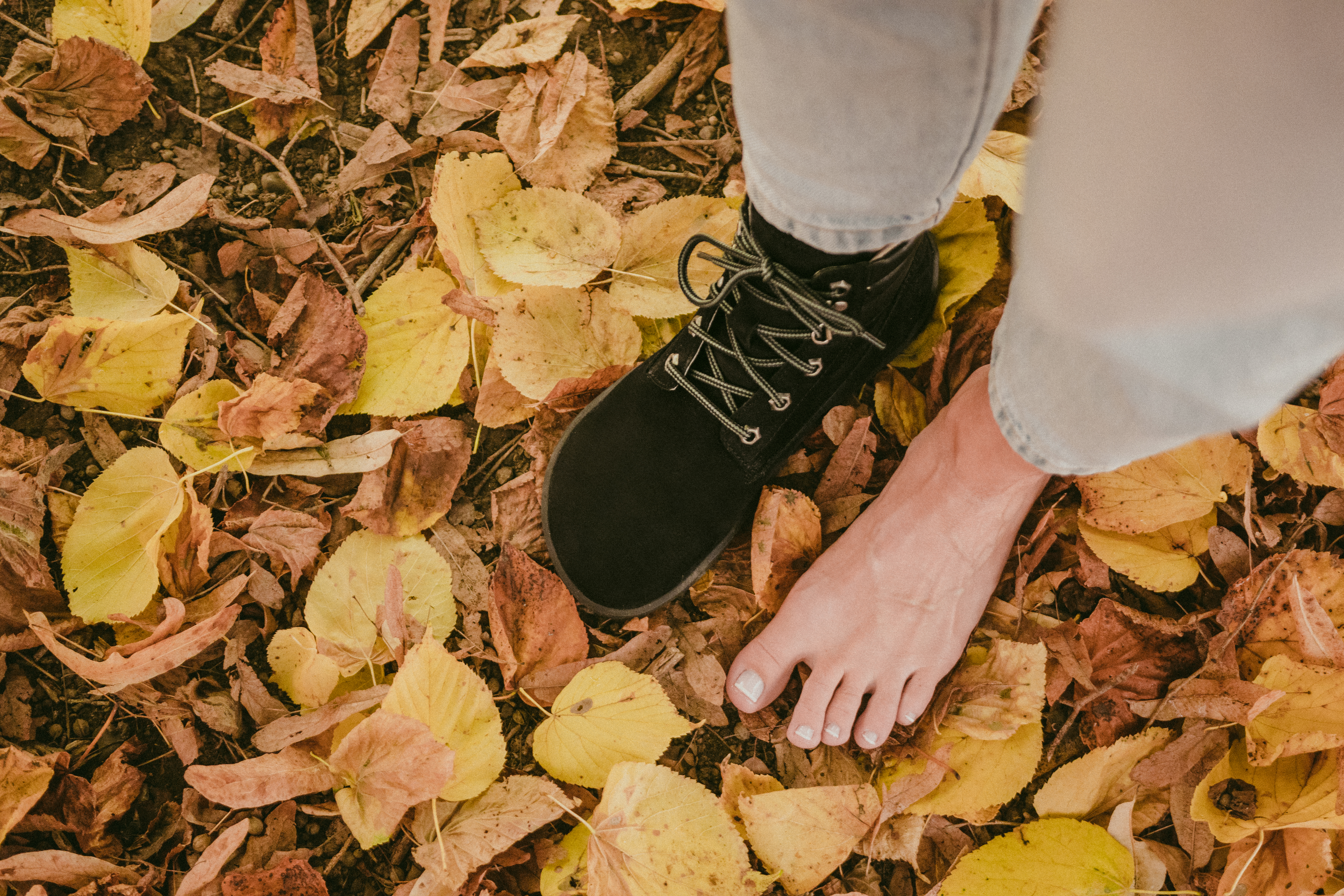
Heel spurs
Heel spur, also known as a bone growth deformity on the heel bone, can be highly uncomfortable and painful, significantly impacting our daily lives, especially in severe cases. It is often linked to plantar fasciitis and typically affects adults between 40 and 60. Factors contributing to its formation include prolonged pressure on the heel, wearing improper footwear, obesity, leg strain, inadequate foot recovery, ageing, flat feet, other foot deformities, neurological issues, trauma, or certain diseases like rheumatism and diabetes.
Due to their close connection, treatment primarily focuses on reducing pain, addressing inflammation, alleviating heel pressure, and managing plantar fasciitis. Therapy involves comprehensive physiotherapy to enhance flexibility and mobility, orthopaedic supportive devices, cold compresses, and ultrasound therapy. Changing to footwear that promotes natural function and doesn't put pressure on the heel is crucial. In extreme cases, surgical removal of the spur may be necessary.
Prevention measures are similar to those for plantar fasciitis. It's vital to create conditions that mimic the foot's natural environment, allowing for freedom of movement and natural biomechanical support. Regular exercises that enhance flexibility and mobility are imperative for maintaining foot functionality. Maintaining a healthy body weight helps prevent leg strain. The correct walking pattern and weight distribution are critical for avoiding foot-related issues.
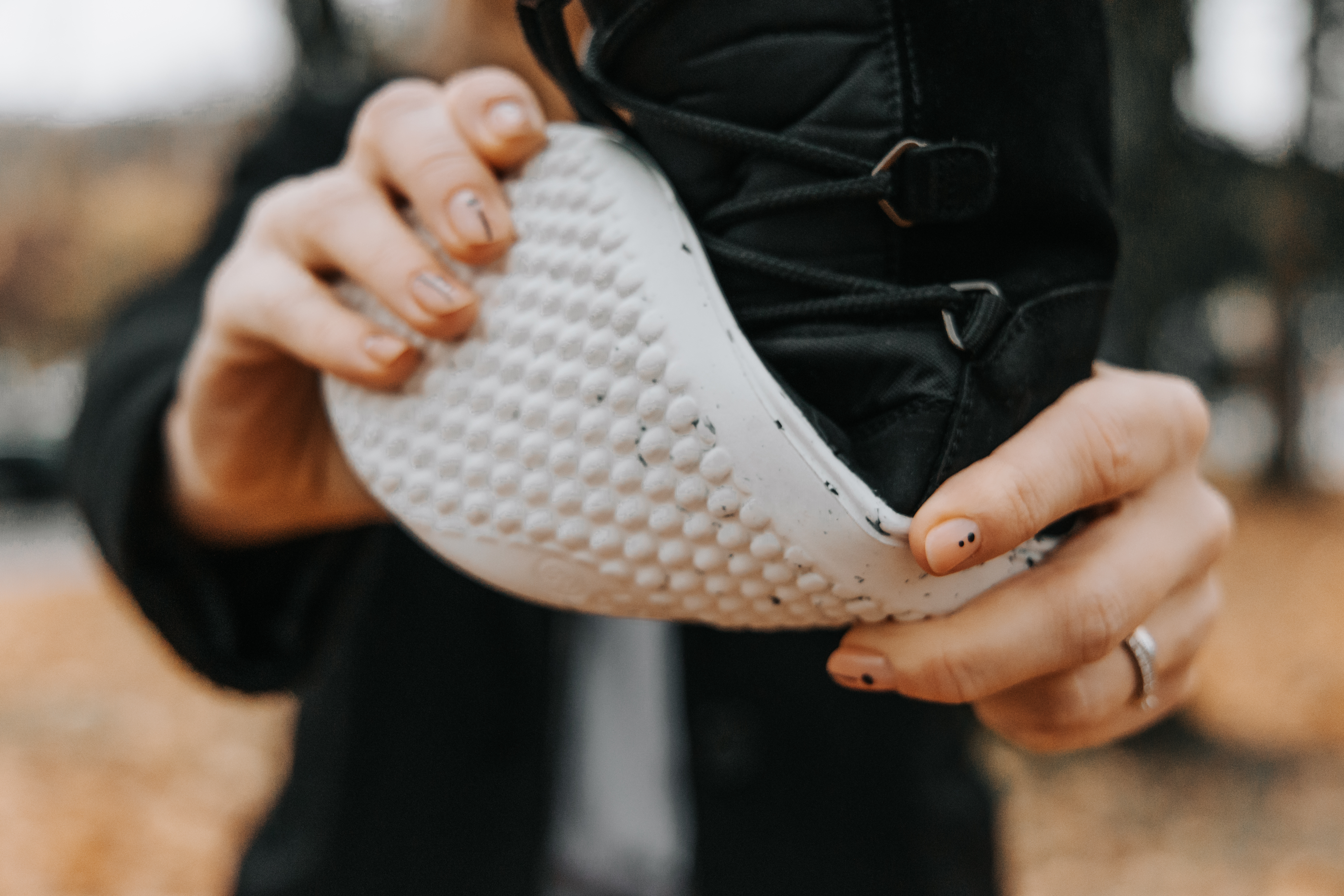
Calluses and corns
Corns and calluses are common foot health issues affecting people of all ages. They both develop as a response to mechanical pressure and abrasion on the skin, although they differ in severity. Corn is a circular, thickened skin area with a visible core, typically yellow or yellow-grey. Sometimes, a black thorn may be observed penetrating deep into its funnel-shaped core. Despite common myths, corns are non-infectious and not transmissible. On the other hand, a callus is a round-shaped blister filled with transparent liquid that blends in colour with the surrounding skin. Both corns and calluses are caused by excessive mechanical friction, often due to ill-fitting shoes or intense skin rubbing in particular areas of the foot.
While corns and calluses are not usually serious health issues, they can cause discomfort and pain. Treatment for calluses is relatively simple, often requiring the affected area to be covered with a bandage to prevent further friction. However, puncturing a callus is not recommended as it can lead to infection and prolong the healing process. Corns, on the other hand, may require more complicated and lengthier treatment. Self-medication is generally recommended only in the early stages. Soaking the affected area in warm salt water or soapy water to soften the skin, followed by gentle removal of the softened skin using a file or pumice stone, can be effective. Sharp objects and cutting of the skin should be avoided to prevent infection. Seeking professional medical pedicure or dermatological treatment is advisable if the condition persists.
Corns and calluses can be prevented. It is important to wear properly fitting shoes that do not cause friction and high-quality moisture-wicking socks. Regular foot care, whether through at-home maintenance or professional pedicures, can also be effective prevention. Ultimately, maintaining foot health and wearing comfortable footwear can help prevent the formation of corns and calluses.
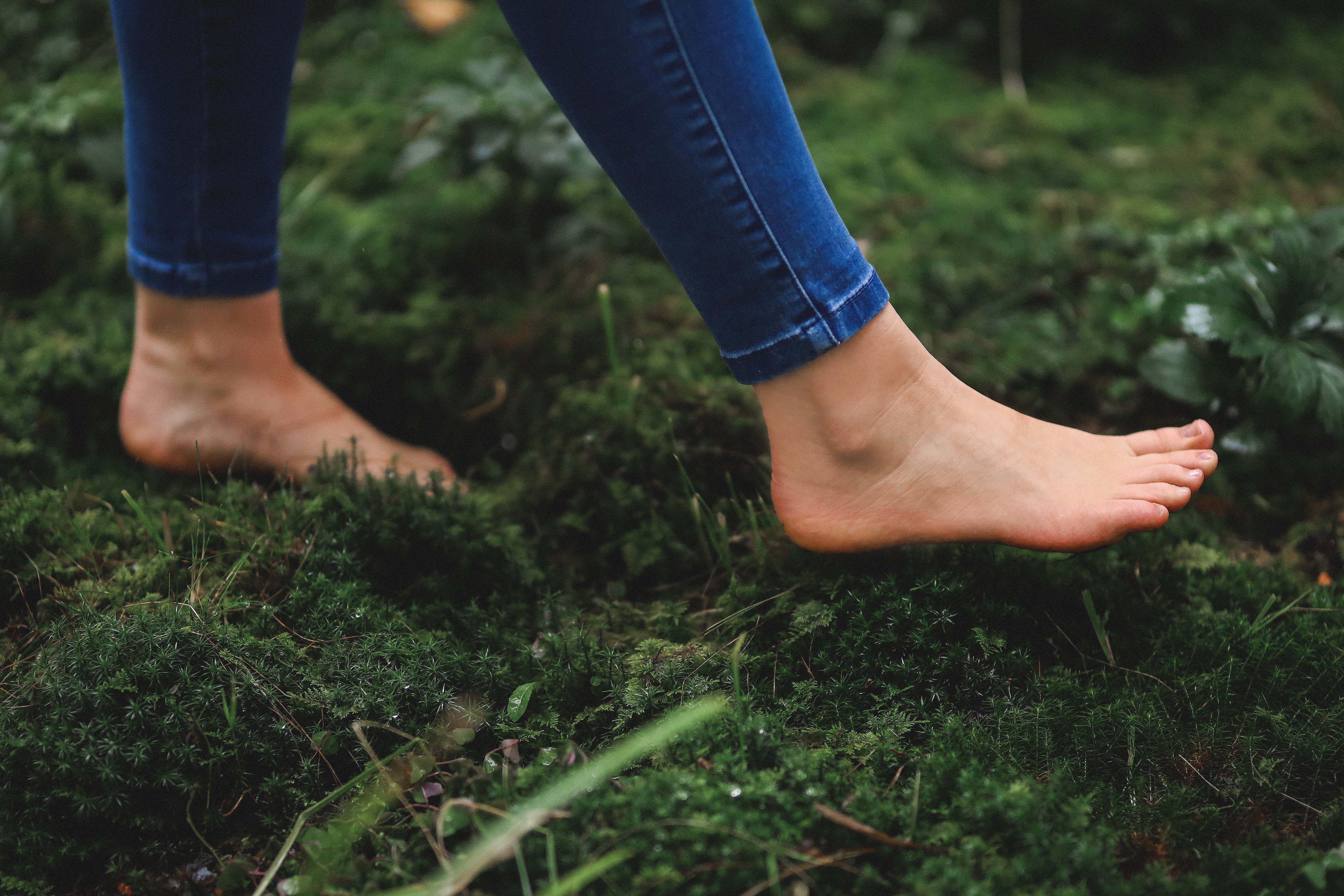
Metatarsalgia
Are you experiencing pain or discomfort in the area of your instep? If so, you may be suffering from a condition called metatarsalgia. Metatarsalgia is characterised by pain and burning sensations in the metatarsal bones of the foot, which can be caused by factors such as wearing inappropriate footwear, engaging in certain sports activities, being overweight, or experiencing a foot injury. People with high arches are particularly susceptible to this condition.
The pain associated with metatarsalgia can worsen with movement and may be particularly noticeable when standing or bending the leg. In some cases, you may also experience tingling sensations in your toes.
For mild cases of metatarsalgia, conservative treatments such as using compresses, wearing appropriate footwear, and taking non-steroidal anti-inflammatory drugs can be effective. However, more severe cases may require surgical intervention if conservative methods do not provide relief.
Preventing metatarsalgia involves avoiding narrow shoes and high heels, as these can contribute to the condition. Additionally, incorporating foot flexibility and mobility exercises into your routine can help support foot health and reduce the risk of developing metatarsalgia.
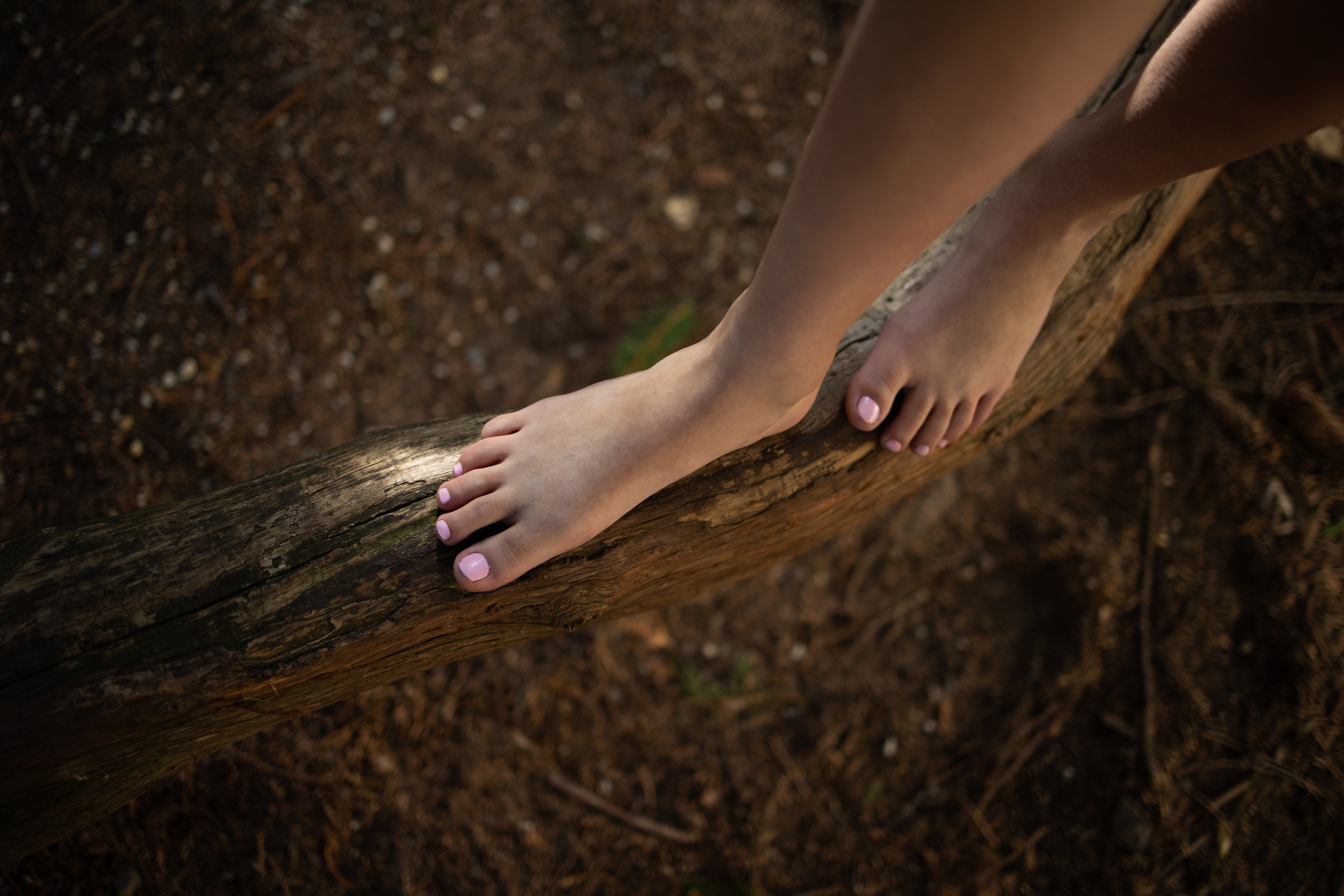
Barefoot shoes as universal prevention?
All of the above-mentioned health issues impact our lives in different ways and require different approaches for solutions. However, footwear is a common factor that cannot be overlooked either as a root cause or a preventative measure for these issues or even as a part of a treatment in mild cases. Our shoes significantly affect our overall health, extending beyond mere style and fashion. Footwear that fails to accommodate the natural shape and biomechanics of the foot can lead to substantial harm. Tight-fitting shoes, high heels, heavy materials, rigid soles, and ill-fitting footwear contribute to developing foot-related health problems and deformities.
The ideal footwear aligns with the natural shape of the foot, cultivating foot-shaped designs rather than forcing the foot into the shape of a shoe. It should support the foot's natural biomechanics and facilitate its biological function. Offering a flexible and thin sole, such footwear enables the foot to bend and flex as required during walking. Additionally, it should provide ample space for the toes to naturally spread out and operate like a fan while walking without constriction. Footwear made from light and flexible materials should be comfortable and almost unnoticeable. Our feet deserve such thoughtful footwear, and that is precisely what barefoot footwear provides. This ground-breaking concept, as old as humanity itself, creates the most natural setting for the foot to move.
The importance of foot health cannot be overstated. If you haven't considered the significance of preventing foot issues and deformities before, it's never too late to start. Prioritising prevention and early intervention is key to avoiding many foot-related health problems altogether. By prioritising the well-being of your feet, you can take proactive steps towards a healthier, more functional, and happier self. Embracing the freedom of barefoot shoes allows your feet to move naturally and engage in healthy exercise while receiving the care and attention they deserve.
However, for those already experiencing foot issues, there is always hope. Many early-stage problems can be addressed with self-care, such as changing footwear. Minimalist or barefoot shoes are effective for prevention and play a significant role in treatment. However, if problems persist or worsen, seeking professional assistance is essential. Our feet are irreplaceable and deserve the best care possible.
Author's note: The information in this article is for informational purposes only and should not be considered a substitute for professional advice from healthcare experts. If you have any health concerns, it is essential to seek guidance from a specialist. Our health is paramount, so do not hesitate to reach out to a specialist if the need arises.

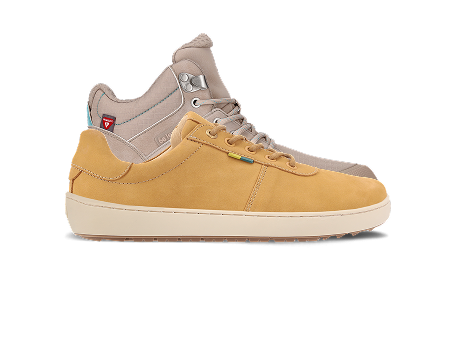
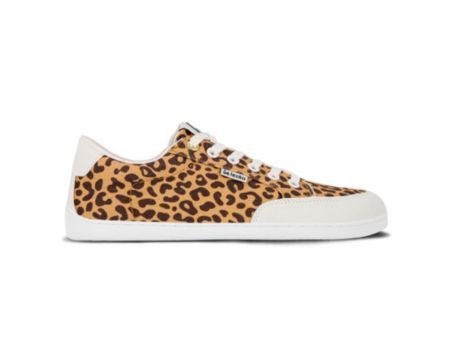

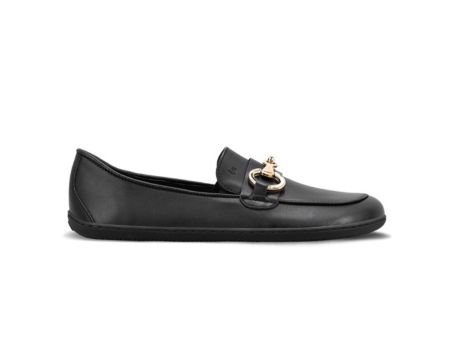
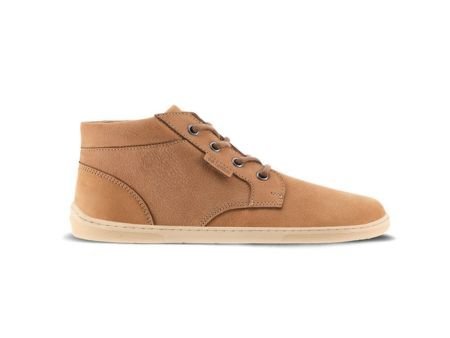
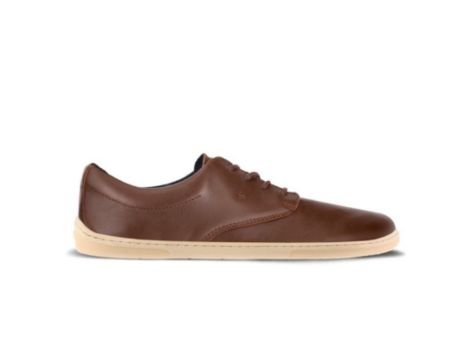

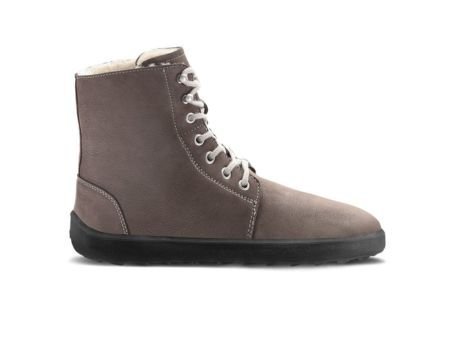
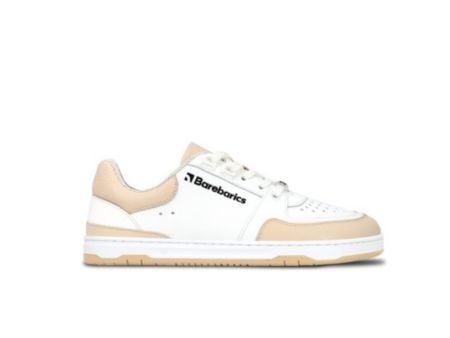
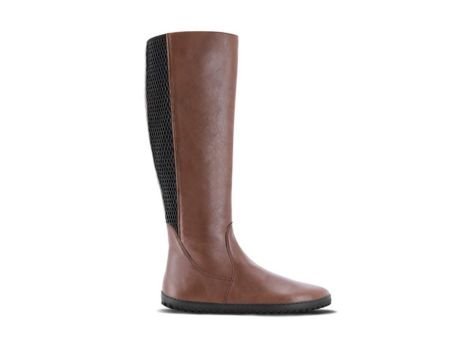
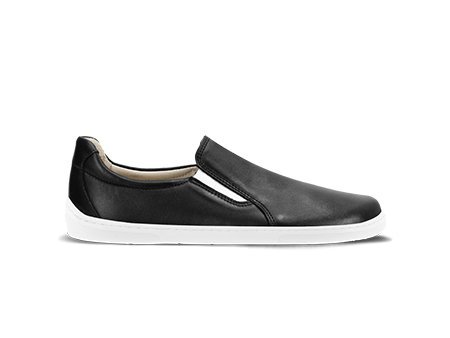

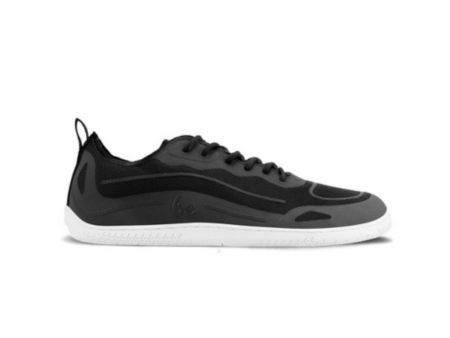
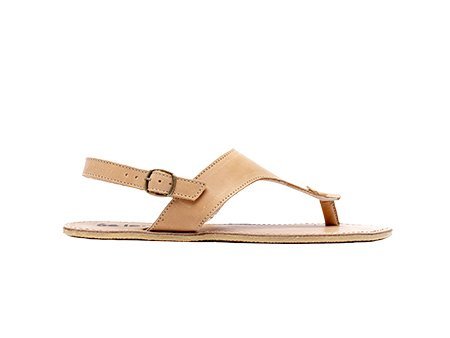
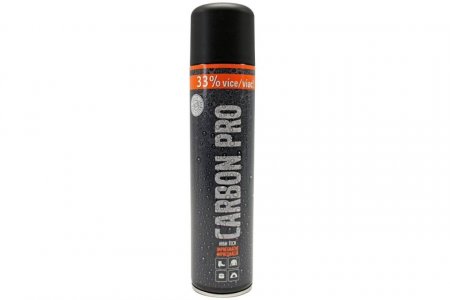

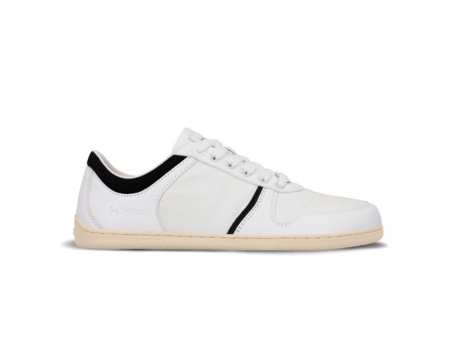
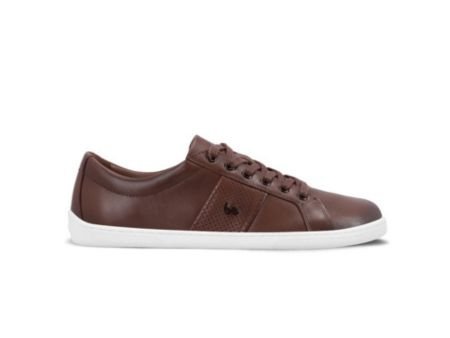

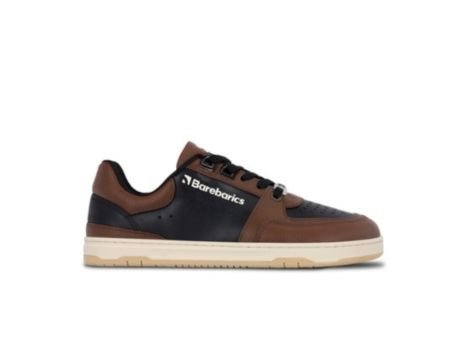

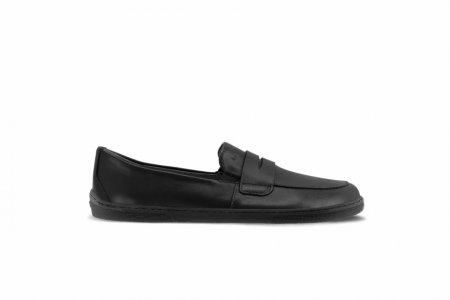
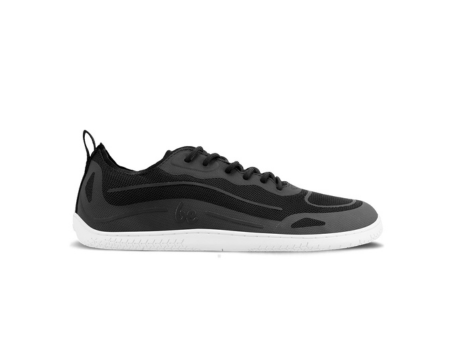

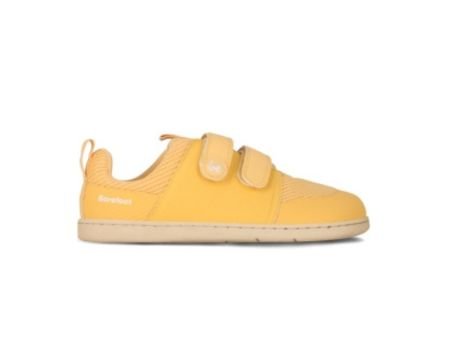

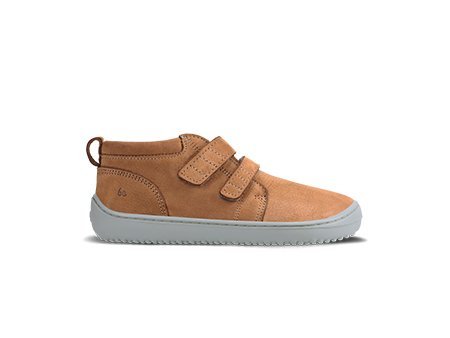
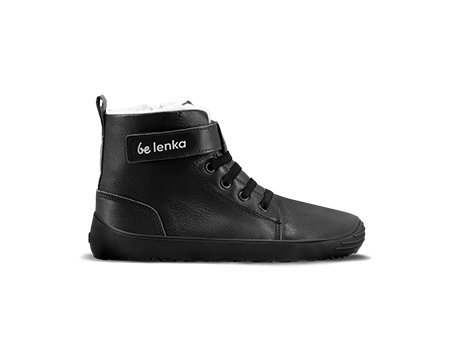


 Be Lenka
Be Lenka



